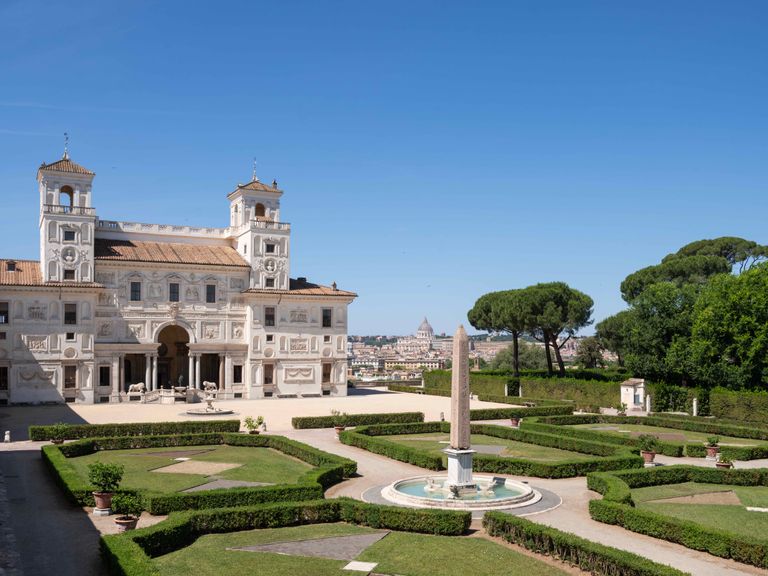Sustainable Buildings: Global Examples of Green Engineering
In the face of growing environmental challenges, sustainability has become an integral part of modern building design and construction. This article highlights key points about global efforts in sustainable construction, focusing on ten buildings worldwide that represent pioneering models in this field. The article begins with an outline of the main topics to be discussed, followed by a structured breakdown into clear and organized subheadings. The content avoids promotional language and focuses solely on the subject matter.
Main Points:
- The importance of sustainable construction in addressing environmental challenges.
- An overview of ten sustainable buildings around the world.
- Technologies used in these buildings to achieve energy efficiency and reduce emissions.
- Environmental and social benefits of these projects.
- Frequently Asked Questions (FAQ) about sustainable construction.
The Importance of sustainable buildings
Sustainable construction is no longer just an option; it has become a necessity for achieving sustainable development goals. According to the United Nations Environment Programme (UNEP), the construction sector accounts for approximately 36% of global carbon dioxide emissions. Therefore, designing buildings to reduce energy consumption and use eco-friendly materials plays a pivotal role in mitigating human impact on the environment.
“Sustainable construction contributes to reducing the consumption of natural resources and improving quality of life.”
Source: United Nations Environment Programme (UNEP)
Examples of Sustainable Buildings Around the World
1. The Edge – Amsterdam
- Location : Netherlands.
- Technologies Used : Solar panels, water management systems, heat-retaining building materials.
- Benefits : Known for its high energy efficiency and reliance on renewable energy to meet its needs.

2. Bosco Verticale – Milan
- Location : Italy.
- Technologies Used : Vertical forests with thousands of trees and plants.
- Benefits : Improves air quality and provides habitats for wildlife.

3. One Central Park – Sydney
- Location : Australia.
- Technologies Used : Green walls, rainwater recycling systems.
- Benefits : Enhances biodiversity and reduces energy consumption.

4. The Crystal – London
- Location : United Kingdom.
- Technologies Used : Solar panels, wind energy, smart energy management systems.
- Benefits : A 100% eco-friendly building powered entirely by renewable energy.

5. Masdar City – Abu Dhabi
- Location : United Arab Emirates.
- Technologies Used : Solar panels, waste management systems, electric public transportation.
- Benefits : A futuristic city designed to operate entirely on renewable energy.

6. SolarCity Tower – San Francisco
- Location : United States.
- Technologies Used : Solar panels, natural cooling systems.
- Benefits : The first commercial building in the U.S. to achieve net-zero emissions.

7. Cube – Berlin
- Location : Germany.
- Technologies Used : Ground heat pumps, solar thermal collectors, geothermal energy.
- Benefits : A carbon-neutral building that relies on renewable energy sources.

8. Baobab Village – Senegal
- Location : Senegal.
- Technologies Used : Solar energy, rainwater harvesting, organic waste recycling.
- Benefits : Combines modern technology with traditional African architectural designs.

9. Akros Fukuoka – Japan
- Location : Japan.
- Technologies Used : Natural ventilation, rainwater recycling, free cooling systems.
- Benefits : A multi-use building with high energy efficiency.

Comparison Table of Sustainable Buildings
| Building Name | Location | Key Technologies | Environmental Benefits |
|---|---|---|---|
| The Edge | Amsterdam | Solar panels, water management | High energy efficiency |
| Bosco Verticale | Milan | Vertical forests | Improved air quality |
| One Central Park | Sydney | Green walls | Enhanced biodiversity |
| The Crystal | London | Wind energy | 100% eco-friendly building |
| Masdar City | Abu Dhabi | Solar panels | Future sustainable city |
Environmental and Social Benefits
Sustainable buildings help reduce energy and water consumption, improve air quality, and enhance biodiversity. They also create new job opportunities and contribute to building more sustainable communities.
Frequently Asked Questions (FAQ)
What is sustainable construction?
Sustainable construction involves designing and building structures that are environmentally friendly and reduce the consumption of natural resources.
What are the benefits of sustainable buildings?
Reduced carbon emissions, improved air quality, and energy and water savings.
Can sustainable buildings be cost-effective?
Yes, while initial construction costs may be higher, they result in long-term operational savings.
Summary Table of Key Information
| Aspect | Details |
|---|---|
| Number of Buildings | 10 |
| Key Technologies | Solar panels, green walls, water management systems |
| Environmental Benefits | Reduced emissions, improved air quality, enhanced biodiversity |
| Social Benefits | Job creation, sustainable community development |
This concludes our exploration of inspiring examples of sustainable buildings worldwide, demonstrating how innovation in design can effectively address environmental challenges.







